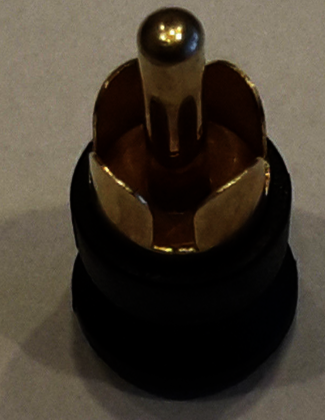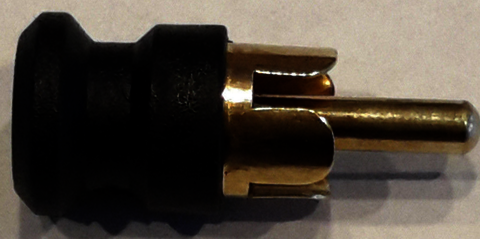NCSUZoSo
500+ Head-Fier
Already found a new quirk with this revision and figured out how to fix it. Do NOT use RCA shorting plugs with the Burson Play, it will create a lot of distortion. Does anyone know why this is? I run XLR and RCA shorting plugs on many devices, never seen (well, heard) this happen.
I touched my foot on the Play after it was used all night (by accident, forgot to turn it off) and it felt like it burned me it was so hot, haha. Then I found out what others have already pointed out, amps/pre-amps in a Class A configuration put off more heat than most of us are used to when compared with other modern amp configs. You can always leave the top off to reduce temps if that is a concern, that is if you have a safe place to put it where dropping a drink or a rogue dog peeing won't hit it . I have considered cutting fan slots adding a low RPM fan. Even if the temps are normal, the lower the temps the longer the over product life will be.
. I have considered cutting fan slots adding a low RPM fan. Even if the temps are normal, the lower the temps the longer the over product life will be.
Hey!
Is this ok, that my Play! is kinda hot? I mean the outer case is very hot, tho I don't want to disassembling it. I Put some little case under it cause the bottom of the Play! case was very hot. How long should I use the Play! when I am gaming? There is a way to cool it down?
Cheers,
kebcy
I touched my foot on the Play after it was used all night (by accident, forgot to turn it off) and it felt like it burned me it was so hot, haha. Then I found out what others have already pointed out, amps/pre-amps in a Class A configuration put off more heat than most of us are used to when compared with other modern amp configs. You can always leave the top off to reduce temps if that is a concern, that is if you have a safe place to put it where dropping a drink or a rogue dog peeing won't hit it
 . I have considered cutting fan slots adding a low RPM fan. Even if the temps are normal, the lower the temps the longer the over product life will be.
. I have considered cutting fan slots adding a low RPM fan. Even if the temps are normal, the lower the temps the longer the over product life will be.
Last edited:





![IMG_20190528_225418[1887].jpg](https://cdn.head-fi.org/a/10307231_thumb.jpg)


















